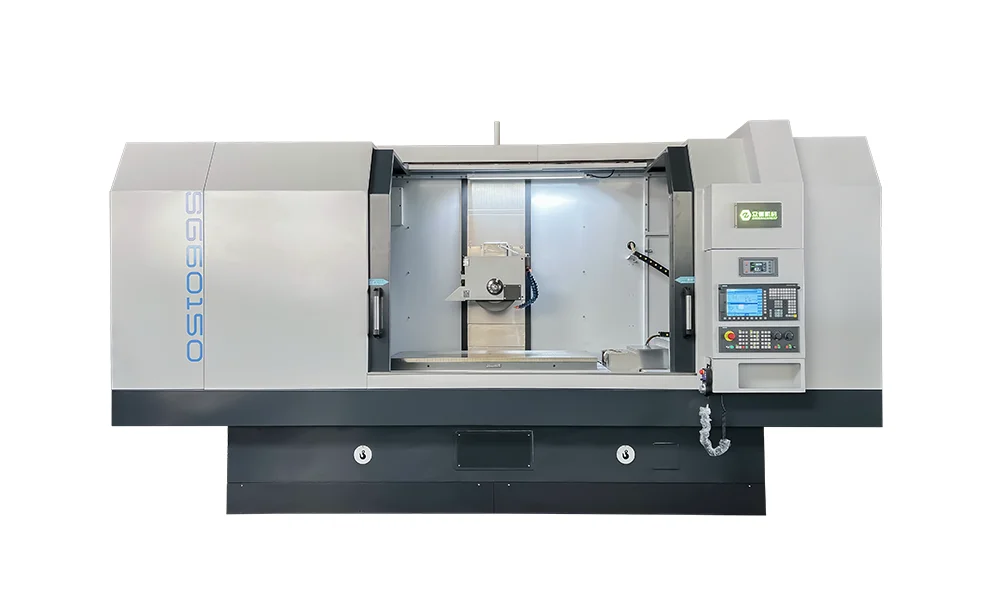When it comes to maintaining the aesthetic appeal of your vehicle, minor imperfections such as paint overspray, adhesive residue, or stubborn decals can be a source of frustration. Fortunately, the eraser wheel has emerged as a popular tool among automotive enthusiasts and professionals alike for effectively addressing these issues. In this article, we will delve into the intricacies of using an eraser wheel on car paint, ensuring you achieve optimal results while safeguarding your vehicle's finish.
Understanding the Eraser Wheel
An eraser wheel is a specialized tool designed to remove unwanted materials from various surfaces, particularly automotive paint. Typically made from rubber or a similar composite, these wheels are mounted on a standard drill and rotate at high speeds. The friction generated by the wheel effectively dislodges contaminants without damaging the underlying paint, making it an invaluable asset in any car care toolkit.
Preparing for the Task
Before diving into the application of the eraser wheel, proper preparation is essential to ensure a successful outcome:
- Assess the Surface: Begin by examining the area you intend to treat. Identify the type of contaminant—be it paint overspray, adhesive residue, or decals. Understanding the nature of the material will help you choose the right approach.
- Gather Your Tools: In addition to the eraser wheel, you will need a power drill, microfiber towels, automotive soap, and a clay bar for post-treatment cleaning. Having these items on hand will streamline the process.
- Clean the Area: Thoroughly wash the affected area with automotive soap and water to remove any dirt or grime. This step is crucial, as it prevents the eraser wheel from grinding debris into the paint, which could cause scratches.
Using the Eraser Wheel
Now that you are prepared, it’s time to put the eraser wheel to work. Follow these steps for effective application:
- Attach the Eraser Wheel: Securely mount the eraser wheel onto your power drill. Ensure it is tightly fastened to avoid any accidents during operation.
- Set the Drill Speed: Adjust your drill to a medium speed setting. Too high of a speed can generate excessive heat, potentially damaging the paint, while too low may not provide enough friction to remove the contaminants effectively.
- Test on a Small Area: Before applying the wheel to the entire affected area, test it on a small, inconspicuous section of the paint. This will help you gauge the effectiveness of the wheel and ensure that it does not harm the finish.
- Begin the Removal Process: Gently press the eraser wheel against the surface, allowing it to do the work. Use a back-and-forth motion, applying light pressure. Avoid holding the wheel in one spot for too long, as this can lead to overheating and potential paint damage.
- Monitor Progress: Periodically stop to check your progress. Wipe away any residue with a microfiber towel to see how much of the contaminant has been removed. If necessary, continue using the eraser wheel until the area is clean.
Post-Application Care
Once you have successfully removed the unwanted material, it’s essential to follow up with proper care:
- Clean the Area Again: Use a clay bar to remove any remaining residue and contaminants that may have been left behind during the eraser wheel process. This step will help restore the paint's smoothness and shine.
- Polish and Wax: After cleaning, consider applying a polish to restore the paint’s luster. Follow this with a high-quality wax to protect the surface and enhance its shine.
- Inspect for Damage: Finally, inspect the treated area for any signs of damage or imperfections. If you notice any scratches or dullness, you may need to use a polishing compound to restore the finish.
Conclusion
Using an eraser wheel on car paint can be a game-changer for maintaining your vehicle's appearance. By following the steps outlined in this guide, you can effectively remove unwanted contaminants while preserving the integrity of your paint. Remember, preparation and post-application care are just as important as the application itself. With the right approach, your car can look as good as new, free from unsightly blemishes and ready to turn heads on the road. Happy detailing!

